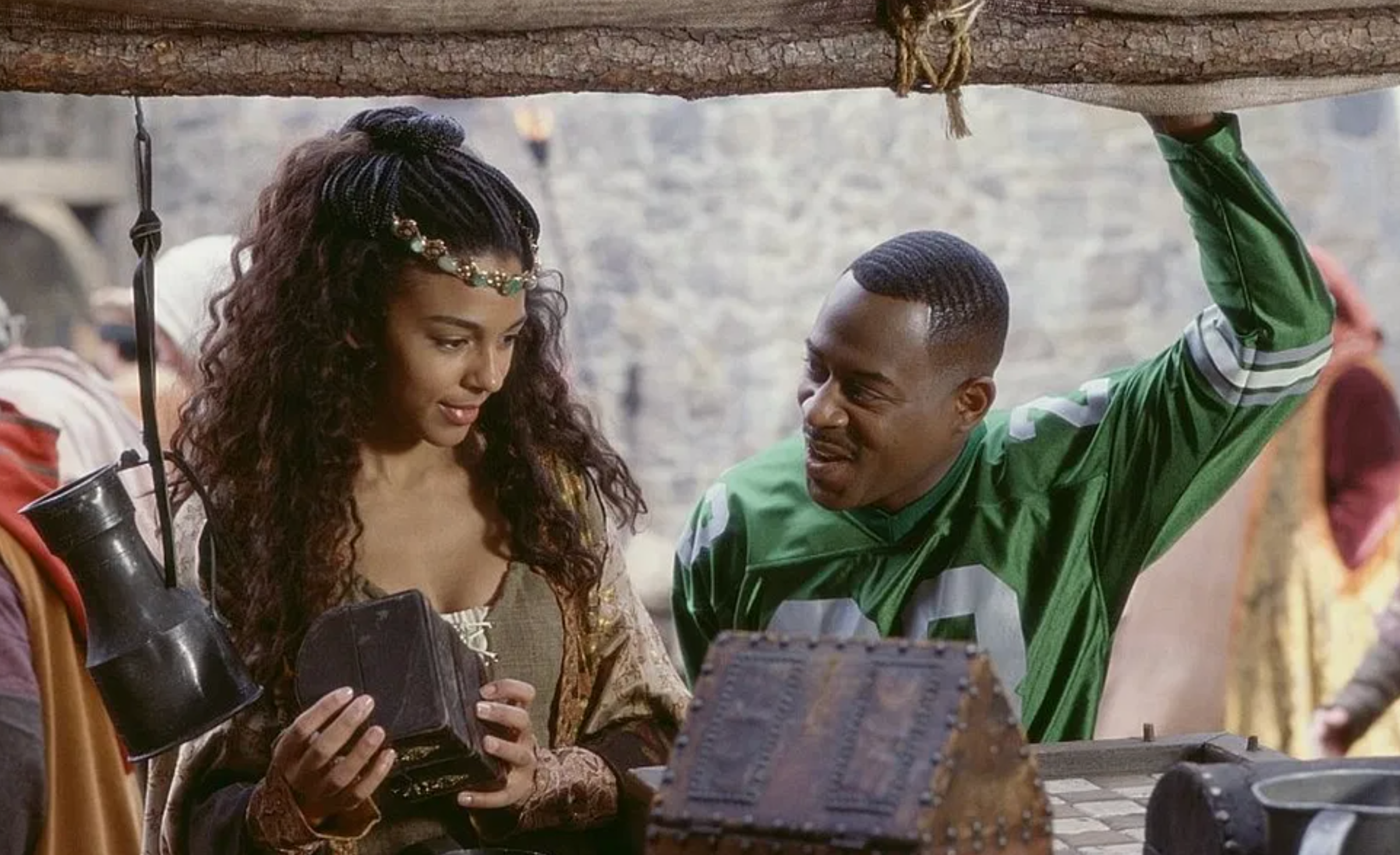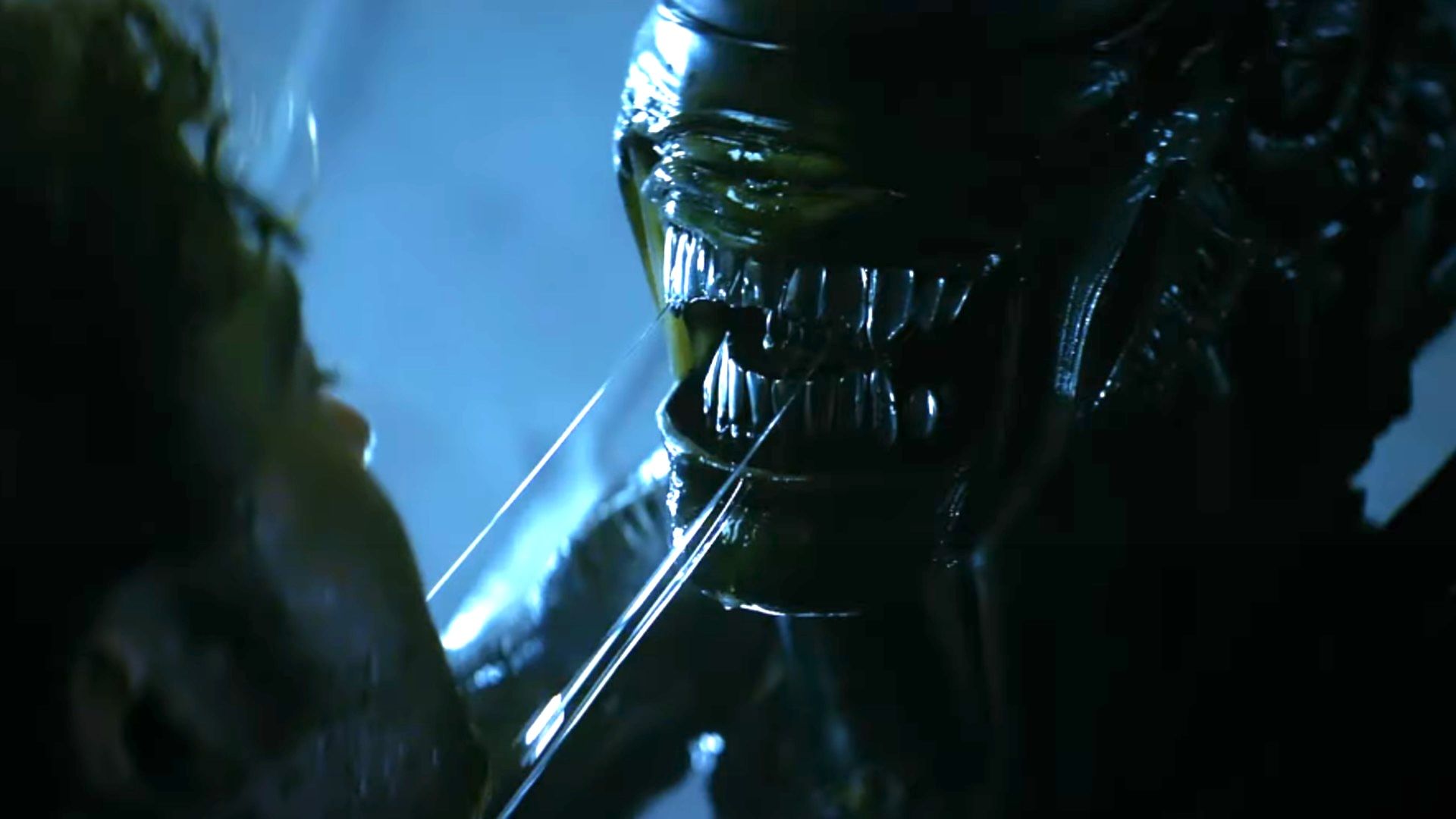Unlike Star Wars, which takes place a long time ago in a galaxy far away, the Alien movies have always been a glimpse into humanity’s distant-but-imaginable future. Putting aside the non-canon Alien vs. Predator movies, the franchise spans from as early as 2089 to as late as 2381. It’s a sprawling timeline with plenty of empty spaces to explore with various prequels, sequels and midquels, but that also means starting any new Alien story begins with a complicated question: When does this thing take place?
In the case of Alien: Earth, a new series from showrunner Noah Hawley that premieres this week on FX, the answer is fairly simple. But in the process, it reveals how the Alien franchise has grown and evolved over the years into a vast mess of overlapping stories that may even rival the Star Wars saga in complexity and scope.
So when does Alien: Earth take place in the franchise timeline?
Alien: Earth is set in the year 2120, which is just two years before Alien (released in 1979, and set in the year 2122). This makes Alien: Earth a direct prequel to Ridley Scott’s original film. Think of it as the equivalent of Star Wars: Rogue One, taking place right before A New Hope and teeing up that story.
Notably, the star freighter where Alien takes place, named the USCSS Nostromo, also takes off from Earth in the year 2120 for its disastrous interstellar mission. So it’s entirely possible that we’ll see the Nostromo launch into space at some point during the events of Alien: Earth.
So that’s how Alien: Earth connects to Alien, but what about the rest of the franchise?
The Alien movies (and TV) timeline, explained
Here’s a quick breakdown, with some Star Wars comparisons to help wrap your head around this tricky, time-hopping franchise.
Alien vs. Predator (2004)
Technically, the earliest chronological entries in the Alien timeline are the Alien vs. Predator movies. Alien vs. Predator, which pits a trio of Predators against some hibernating Xenomorphs, takes place in 2004 (the same year it was released). 20th Century Fox followed that up with a direct sequel, Alien vs. Predator: Requiem (2007), also set in 2004.
These movies aren’t considered canon to the Alien franchise, although they may be canon to the Predator franchise depending on who you ask. Consider them the Alien equivalent of Star Wars: Knights of the Old Republic, a distant prequel to the main storyline that’s since been excised from the franchise.
Prometheus and Alien: Covenant (2089-2104)
After launching the franchise with Alien in 1979, Ridley Scott returned in 2012 with a surprising prequel. Prometheus begins in 2089 (33 years before Alien) and follows a mission into deep space that unlocks the origins of both the Xenomorphs and humankind.
Scott followed this up with Alien: Covenant, which takes place in 2104 and dives even deeper into the creation of the Xenomorphs. It also cements the Synthetic robot David (Michael Fassbender) as one of the franchise’s most intriguing characters.
Ultimately, these movies raised more questions than they answered, especially after Scott lost control of the franchise and failed to close out his David trilogy (for now). You can think of this era as the equivalent to the Star Wars prequels — if George Lucas never got a chance to make Revenge of the Sith.
Alien: Earth and Alien (2120-2122)
As established above, the new Alien show and the original movie take place within a few years of each other. This is the closest the franchise has to a Star Wars original trilogy era, and there’s still plenty to explore in the early 2120s because the next sequel, Aliens, immediately jumped forward by several decades… but first, Alien: Romulus.
Alien: Romulus (2142)
Released in 2024, Alien: Romulus fits neatly into the empty space between Alien and Aliens. The movie largely takes place aboard a space station where scientists were experimenting on the Xenomorphs, and sets up a new plotline with original characters that sits comfortably within the broader franchise.
Consider Alien: Romulus (and its upcoming sequel) the Alien equivalent of The Mandalorian in Star Wars. It’s a new sub-franchise set in the murky space between two established eras, with plenty of room to expand and grow.
Aliens and Alien 3 (2179)
Aliens, the 1986 sequel directed by James Cameron, jumps forward roughly 50 years in the timeline to the year 2179. The movie begins when Ellen Ripley (Sigourney Weaver) is rescued and pulled out of cryosleep, only to discover a human colony in space that’s about to encounter a ship full of Xenomorph eggs. Alien 3, directed by David Fincher and released in 1992, picks up soon afterward and also takes place in 2179, albeit on a completely different planet.
This stretch of the Alien timeline feels like the equivalent of the Star Wars sequels era (Episodes VII, VIII, and IX). The story jumps forward a generation with a mix of new and old characters to tell a fresh-but-familiar story — with mixed results.
Alien: Resurrection (2381)
Here’s where things get weird, and my metaphor starts to fall apart. Alien: Resurrection leaps forward in time to the year 2381. Directed by Jean-Pierre Jeunet with a script by Joss Whedon, the movie somehow manages to bring Ellen Ripley along for the ride, only this time, she’s a clone of the original character who’s been spliced with Xenomorph DNA (it’s weird, even by Alien standards).
There’s no obvious Star Wars equivalent here. That franchise has never strayed hundreds of years into the future from its original timeline. Then again, maybe one day Star Wars will catch up to the depraved weirdness of Alien: Resurrection.

















